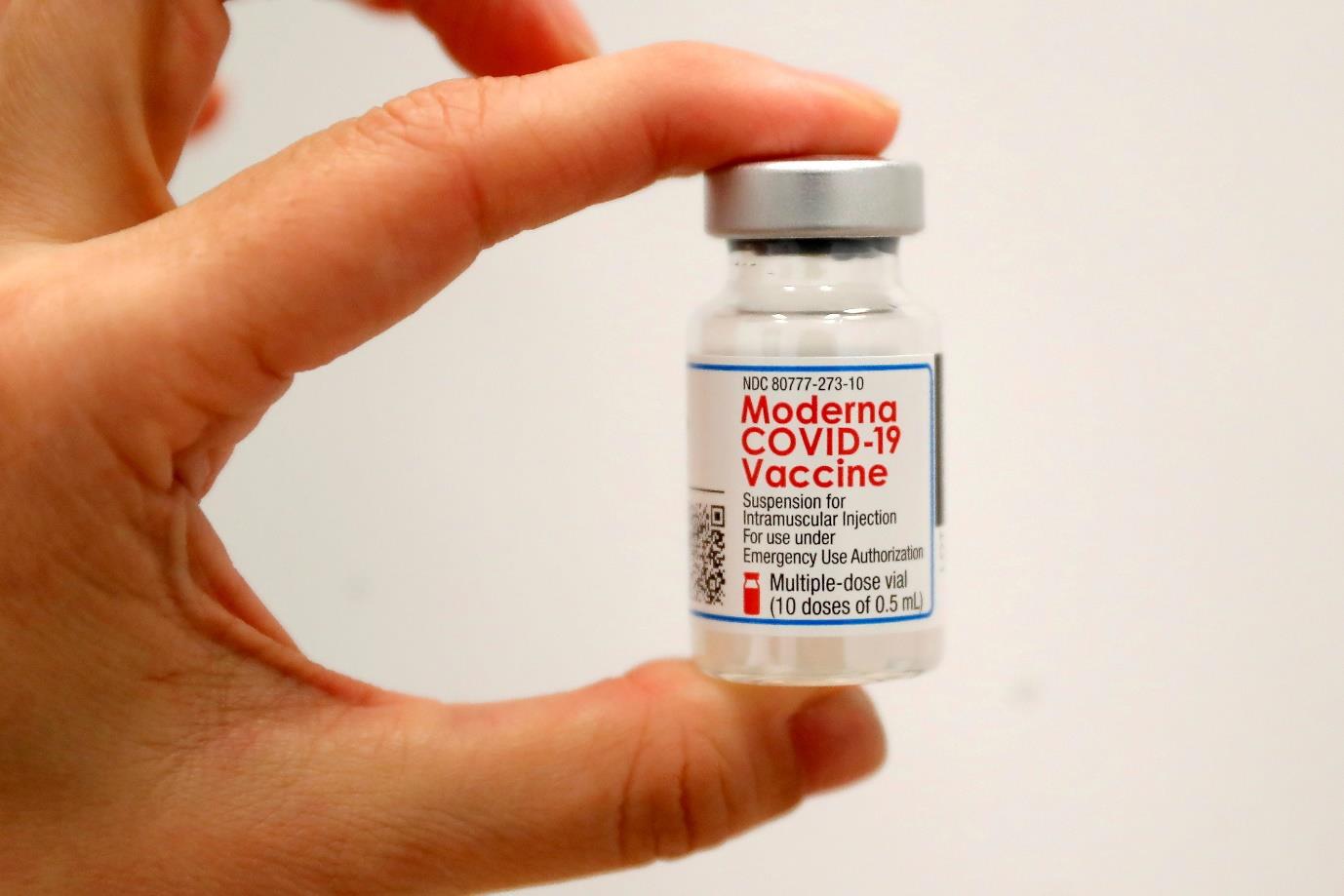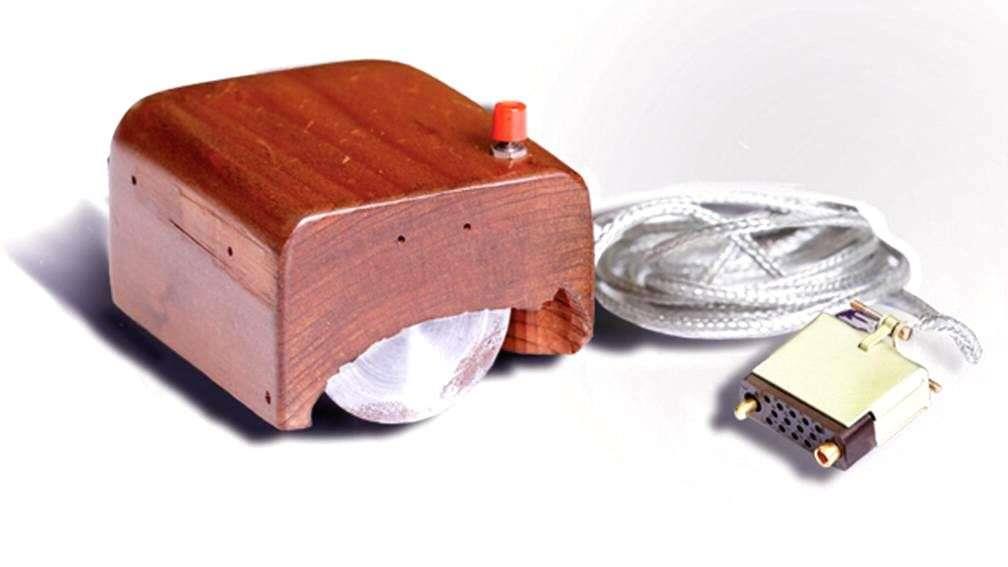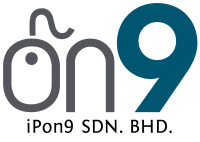To honour fairness in society, you generally would want some form of intellectual property protection, at least in Malaysia, so you can reap the benefits of your own unique invention.


COBREVAX is currently licensed patent-free to Biological E. Limited (BioE), India’s largest vaccine maker, which plans to manufacture at least 100 million doses per month starting this month (February 2022). This patent-free arrangement means that other low and middle-income countries can produce and distribute cheaply and quickly, bypassing lengthy patent application and approval time.

Let’s take it back to two concepts we discussed earlier, open science and the greater good.
The rapid development of vaccines against COVID-19 is a monumental scientific triumph. However, the formulas for making these vaccines are the exclusive intellectual property of pharmaceutical companies, which means countries cannot manufacture an approved vaccine themselves, thus gatekeeping distribution worldwide. For this reason, most poor countries won’t be widely vaccinated until at least 2024.
The Internet
Okay, sure the Internet is somewhat difficult to patent, but inventor Sir Tim Berners-Lee made a public decision not to accept royalties. He believed the World Wide Web should be freely available to anyone, so he never patented the website he first launched in 1991. In fact, not charging for his creation is the major contributing factor to why he won the 2004 Millennium Technology Prize.
Matches
Chemist John Walker also wanted to ensure his idea was free for public use. He wanted to make wooden sticks that are able to create and transport fire with ease, even without a candle or other source nearby. In the 1970s, Walker’s hometown attempted to commemorate his contribution with a statute.
Emoticons
Smileys, as they were once called, was designed by American artist Harvey Ball. He was told to design an image to boost morale at an insurance company in 1963, but it quickly became popular outside of the office. He declined to register a copyright and was paid only $45 for the original design. Emoticons and smileys eventually evolve into the emojis we know today.
Fidget Spinners
This is a case of an invention that was patented, lapsed, and then exploded in popularity. Catherine Hettinger who first created the toy had to let her patent lapse because she couldn’t afford the $400 renewal fee. Then, it became the hottest toy, where both cheap and luxury rip-offs were sold everywhere. It’s a shame for Hettinger, because fidget spinners are fairly therapeutic and are used as a tool for kids who struggle with behavioural issues such as ADHD, autism, and anxiety.
The Computer Mouse
The computer mouse was once patented, but like fidget spinners, the patent expired and then exploded in popularity. Douglas Engelbart first invented the mouse in 1963 and never sought out royalties. He passed away in 2013, but his invention, which at the time was carved out of wood and only had one button, is one that we continue to use daily.

Should you seek out a patent for your idea? Maybe. In most non-humanitarian cases, you are encouraged to protect yourself if you can afford it. The potential for profit should outweigh the time, effort and money it takes to get and maintain a patent.
If you have no idea what decision to make, get personalised advice from a Malaysian patent agent. Patents are regional and it’s good to protect your intellectual property in Malaysia at the very least.
© Copyright 2025 | iPon9 | All Rights Reserved. Website designed by VeecoTech.
